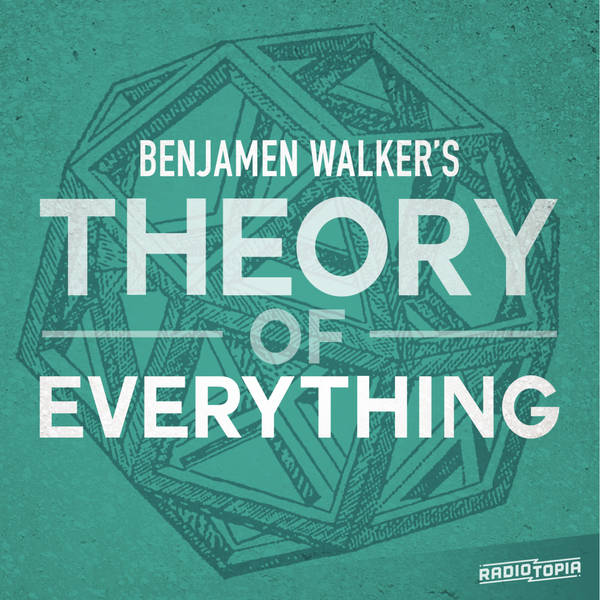
Enchanting By Numbers
When I was in Beijing last summer I dropped by the Microsoft research campus to talk with Dr. Yu Zheng. He studies the air pollution in his city, and the noise pollution in mine. Using algorithms he is able to predict what kinds of noises New Yorkers are most likely to hear in their neighborhoods, take a look at his Citynoise map. His algorithms could one day help city planners curb air pollution and noise or as Christian Sandvig notes they could be used by the GPS apps on our mobile devices to keep us from walking through neighborhoods perceived to have loud people hanging around outside.
Christian Sandvig studies algorithms which is hard to do, most companies like Facebook and Google don’t make their algorithms public. In a recent study he asked Facebook users to explain how they imagine the Edgerank algorithm works (this is the algorithm that powers Facebook’s news feed). Sandvig discovered that most of his subjects had no idea there even was an algorithm at work. When they learned the truth, it was like a moment out of the Matrix. But none of the participants remained angry for long. Six months later they mostly reported satisfaction with the algorithms that determine what the can and can’t see. Sandvig finds this problematic, because our needs and desires often don’t match with the needs and desires of the companies who build the algorithms.
“Ada’s Algorithm” is the title of James Essinger’s new book. It tells the remarkable story about Ada Lovelace the woman who wrote the first computer program (or as James puts it – Algorithm) in 1843. He believes Ada’s insights came from her “poetical” scientific brain. Suw Charman-Anderson, the founder of Ada Lovelace day, tells us more about this remarkable woman.
